





Liquorice
Licorice naked or a liquorice – the perennial herbaceous plant in a wild look growing on open spaces of Italy, France, the North Caucasus, Siberia, the Southeast countries of Europe, North Africa, and also the Western and Central Asia.
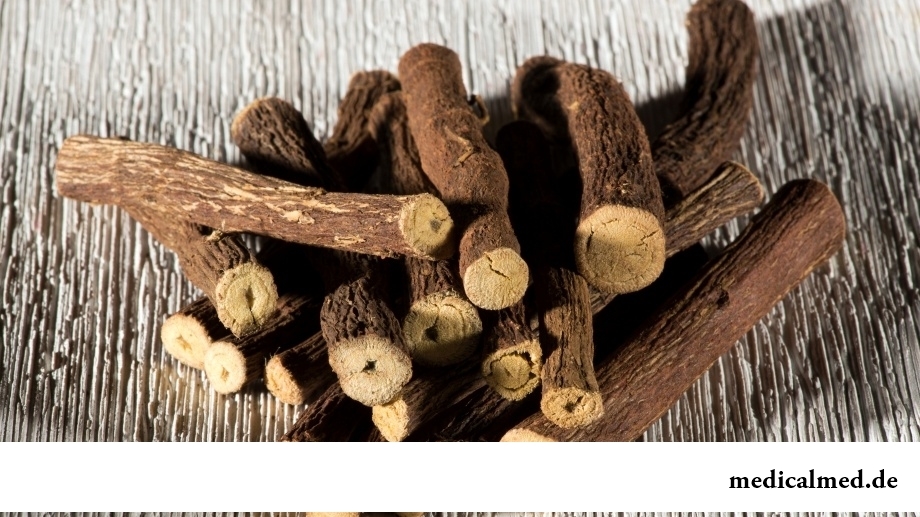
The liquorice belongs to the sort Licorice, family Bean, grows preferably on firm chernozemisty, clay, sandy and saltish soils. At a plant a thick ligneous rhizome, several upright stalks covered with odd-pinnate leaves. Plant fruits a liquorice – brown color leathery beans with seeds. Time of blossoming of a glycyrrhiza – the period from June to August, maturing of fruits falls on August-September.
The liquorice is widely used in medicine, the food and technical industry, and also as the foam-forming agent in production of fire extinguishers. Many are familiar with liquorice candies – not only tasty, but also very useful sweets.
Plant liquorice: properties
To contain in roots and rhizomes of a plant carbohydrates and related connections – glucose, fructose, sucrose and a maltose. The liquorice is rich on:
- Starch – to 34%;
- Cellulose – to 30%;
- Pectinaceous substances;
- Organic acids – lemon, amber, apple, fumaric and wine;
- Essential oils;
- Triterpenoida;
- Pitches;
- Steroids;
- Fenolkarbonovy acids and their derivatives;
- Coumarins;
- Tannins – from 8,3 to 4,2%;
- Flavonoids;
- The highest aliphatic hydrocarbons;
- Alcohols;
- Higher fatty acids;
- Alkaloids.
To contain in a land part of a plant polysaccharides, carbohydrates, organic acids, saponins, lipids, nitrogen-containing connections, vitamins, flavonoids, tannins, coumarins, глицэстрон, essential oil and triterpenoida. Aromatic compounds, alcohols, aldehydes, ketones, terpenoids, the highest aliphatic hydrocarbons and ethers of higher fatty acids are a part of essential oil of a liquorice.
Useful properties of a liquorice for health of the person are caused by the fact that in a large number to contain in it group B vitamins. Therefore the use of a liquorice promotes adjustment of energy balance and the correct work of all bodies and systems of an organism, in particular a nervous system, promotes protein synthesis and production of insulin, and also improves metabolism.
Medicinal properties of a liquorice were known 3000 years ago in China, the root of a plant is natural cough remedy, and also renders antiulcerous, antiinflammatory, expectorant and spasmolytic action.
Use of a plant liquorice
In the industry the plant is applied as foam-forming substance, namely in metallurgy to foam flotation and as a part of mixes for filling of fire extinguishers. The liquorice is used at production of shoe polish, ink and ink, and also in the textile industry for fixing of paints.
On open spaces of Central Asia and the Caucasus do broth which paint a felt and wool of roots of a liquorice. Japan uses it by production of nicotine free substitute cigarettes, and world tobacco corporations add it for giving of taste and pleasant aroma to smoking, chewing and snuff tobacco. Kyrgyzstan uses a liquorice as a tea substitute. In Ancient China, Tibet, Assyria, Egypt and Shumeriya roots of a glycyrrhiza used as medicine from many diseases.
In Denmark and other Scandinavian countries from a liquorice prepare various sweets. On shelves of confectionery shops it is possible to find liquorice candies of various sizes and color, lollipops, salty and sweet pastils, chocolate, fruit jelly, chewing gums, and also soft drinks in these countries. Here it is possible to meet not only sweet liquorice candies, but also salty, acute with chili pepper, and also with taste of chloride ammonium.
Also in Denmark sell barley and liquorice beer, liquorice and menthol and liquorice шот on vodka. Liquorice candies with elder aroma of flowers which not only have unusual taste and aroma enjoy wide popularity, but also are very useful.
In the food industry roots and rhizomes of a plant apply to the best knocking down of ovalbumins, add to extracts and syrups, and also use as a substitute of sugar and frother in beer, soft drinks, kvass and tonics.
Also the liquorice is used by production of cocoa, coffee, halvah, kissels, a fruit candy, compotes, marinades, caramel, flour products and chocolate, at a cabbage fermentation, wetting of apples and when processing fish. The plant is added to long leaf and green tea, thereby receiving sweet drink with unusual taste and aroma.

In medicine liquorice powder is used for creation of a basis of tablets and for improvement of a smell and taste of medicines. As roots of a glycyrrhiza contain glycyrrhizic acid, it can be used a sick diabetes mellitus.
In nonconventional medicine the liquorice is used for treatment of impotence, cholelithiasis, rhinitis, nephrite, an idiopathic hypertensia, stenocardia, a leprosy, prostatitis and adenoma of a prostate, plant decoction on milk is applied at whooping cough and at treatment of a lymphogranulomatosis.
Liquorice or licorice – a plant eurysynusic worldwide which is applied in the industry, cookery and medicine. It is rich in vitamins, flavonoids, carbons, essential oil, fructose, alkaloids and alcohols, than its positive impact on health of the person is caused.
Each person has not only unique fingerprints, but also language.

The way of life of people promptly changes from year to year: if about ten years ago the personal computer was not in each family...
Section: Articles about health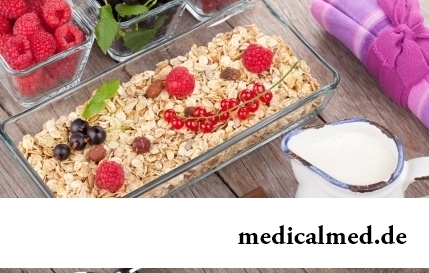
The healthy nutrition is the invariable principle of health and good health for long years of the woman. Nevertheless, in a diet at each stage of life there are the features allowing to support an organism by those substances which are most necessary...
Section: Articles about health
Life expectancy in various regions of Earth is not identical. Social stability, economic wellbeing, availability and level of medical care, household comfort, literacy of the population in the field of respect for sanitary and hygienic norms and many other factors exert impact on it. However one parameter remains to the general almost for all countries of the world: women on average live for 7-10 years longer, than men. Today we will talk about the reasons of this phenomenon....
Section: Articles about health
Visit of doctors – business not the most pleasant, and many people do not hurry to undergo necessary planned inspections. Such behavior...
Section: Articles about health
Not everyone can brag of the shining Hollywood smile. Even the person who is regularly visiting the stomatologist and watching of oral cavities over health periodically has problems: enamel of teeth darkens under the influence of some products, on it I accumulate...
Section: Articles about health
Turnip, radish, horse-radish – once these and other products enjoyed wide popularity at our ancestors, being not only the food sating an organism but also the medicines curing of many diseases. Unfortunately, the use of some of them got out of fashion long ago, and once favourite plants and vegetables almost ceased to make a contribution to human health. Inclusion of such products in a modern diet − an effective measure of prevention and treatment of diseases which seldom suffered...
Section: Articles about health
80% of women at least once to lives complained of discomfortable feelings to breasts, consolidations and nagrubaniye. These are mastopathy symptoms. Mas...
Section: Articles about health
History of mankind contains several tens of epidemics whose emergence was compared by eyewitnesses and historians to doomsday. The most terrible of them claimed the lives of millions of people, having made even the whole people to the person of the earth. What they − the diseases striking terror? Daringly...
Section: Articles about health
Each of us repeatedly noticed that the people having the same passport age are sometimes not similar on one-years at all. One at the age of 40-45 years already looks almost an old man, and another and in 60 is young, vigorous and full of life. The matter is that the condition of our health depends not on the number of the lived years, and on degree of safety of an organism. This factor also defines biological age of the person....
Section: Articles about health
The dietology, as well as other sciences, does not stand still. Food stuffs are exposed to comprehensive study, and scientists receive new and...
Section: Articles about health
(Xerostomia) many people consider feeling of a xerostomia small and easily removable inconvenience. This delusion: the symptom can demonstrate existence of serious diseases. It is worth to remember also that saliva performs important functions...
Section: Articles about health
The body of the person almost for 60% consists of water. It is so important for normal functioning of an organism that loss of only one and a half percent of liquid already leads to the most unpleasant effects. The problems connected with deficit of water can overtake also the healthiest person if he, for example, spends several hours under the scorching sun, without having taken with themselves drink, but is very simple to correct health in this case. It is much more difficult to minimize effects of other reasons about...
Section: Articles about health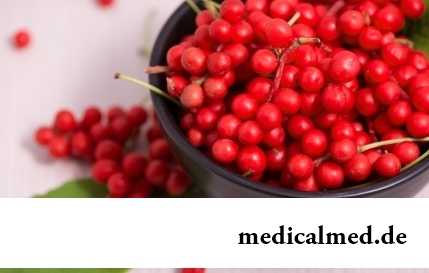
Statistically, pathologies of a thyroid gland in the world more than 500 million people have. Failures in work of this body conduct to is heavy...
Section: Articles about health
Good appetite was always considered as a sign of good health. The correct operation of the mechanism which is responsible for the need for nutrients and receiving pleasure from process of its satisfaction demonstrates that the organism functions without special from...
Section: Articles about health
Cold, puffiness of a nose, itch, the watering eyes - characteristic symptoms of the allergic rhinitis resulting from hit of allergens (pollen, house dust, hair of animals, etc.) on a mucous membrane of a nose. Unpleasant feelings often give trouble, serving as the reason of a headache, an acrimony, sleep disorders, and in certain cases and the states close to a depression. How to get rid of undesirable satellites of a disease if near at hand there are no antiallergic...
Section: Articles about health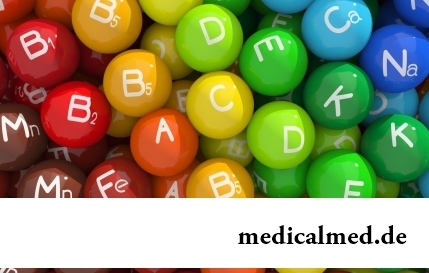
Vitamin complexes belong to the most popular drugs, probably, in our country there is no person who was not hearing about a floor...
Section: Articles about health
The endocrine system carries out extremely important role in a human body, practically all processes of life activity are regulated by it. Closed glands (hemadens) produce special biologically active agents – hormones which then o...
Section: Articles about health
The summer of this year in Russia was very ambiguous. Regions suffered from a merciless heat, from pouring rains, the hail from time to time dropped out, then there was again a heat which alternated with rainfall again. Many people suffer from such sharp changes of weather. Even flu epidemics and a SARS were recorded....
Section: Articles about health
More than a half of the married couples which faced prostatitis – leave. The new broadcast "Female View of Prostatitis" will help to learn...
Section: Articles about health
To look healthy and means well-groomed not only to be pleasant to people around, but also to feel strong, sure and taken place. Specialists in the field of cosmetology quite often note that whether not all women are able to look after skin...
Section: Articles about health
Nightmares belong to the most unpleasant frustration. Statistically, they happen at 4% of adults, and almost at 70% of children and teenagers. During a nightmare of people dreams himself in extremely difficult, life-threatening situation. He wakens suddenly, in a condition of a fright, and, as a rule, remembers the dream distinctly. The feeling of depression and alarm does not release throughout the day, creating hindrances for work and normal communication. If such episodes repeat often, can р...
Section: Articles about health
What woman does not dream of a beautiful and thick hair? So far physicians developed difficult schemes on hair transplant, in the bet industry...
Section: Articles about health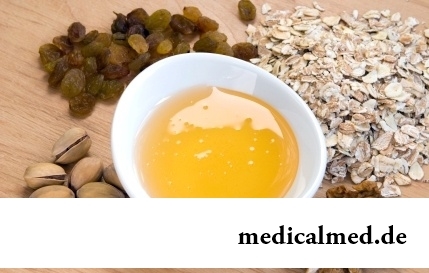
Let's begin with the fact that a separate illness which is called "adjournment of salts", just does not exist. In practice this household name of disbolism leading to development of a number of diseases. Pathological process consists that in an organism проис...
Section: Articles about health
In consciousness of our many compatriots idea that folk remedies if are no more effective, than medicinal "chemistry" strongly took roots, then are precisely less harmful. Unfortunately, it is not always fair: some methods of treatment consecrated with "century national experience" can work so on the patient that it will need urgent intervention of physicians....
Section: Articles about health
Life of the modern child is extremely active and difficult. Information strain which is experienced by the school student and did not dream the pupil...
Section: Articles about health
The naturopathy sometimes moves as the new direction of medicine, something like fashionable hobby, and there is nothing farther from the truth. This most ancient direction, the word "naturopathy" is translated as "treatment by the nature", and, no doubt, treatment приро...
Section: Articles about health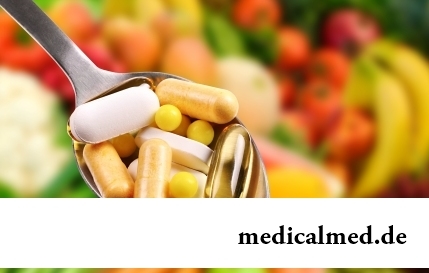
The medicine promptly develops, and the fact that else quite recently it seemed by miracle can now. We are not surprised any more to the fact that people with artificial joints and extremities can play sports, organ transplantation became a routine, and the latest cancer medicine allowed to achieve reduction of mortality in tens of times. Miracles of plastic surgery thanks to which people in 60 years are in the flower of beauty and freshness, too not a sensation any more....
Section: Articles about health
